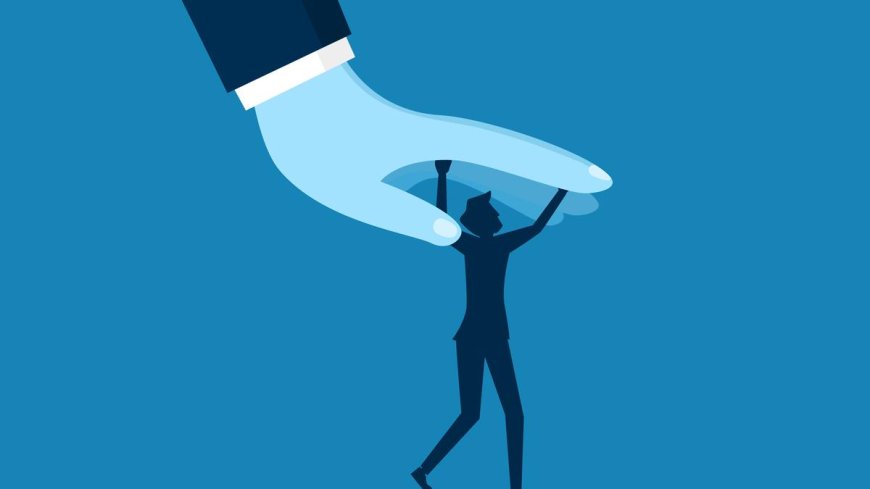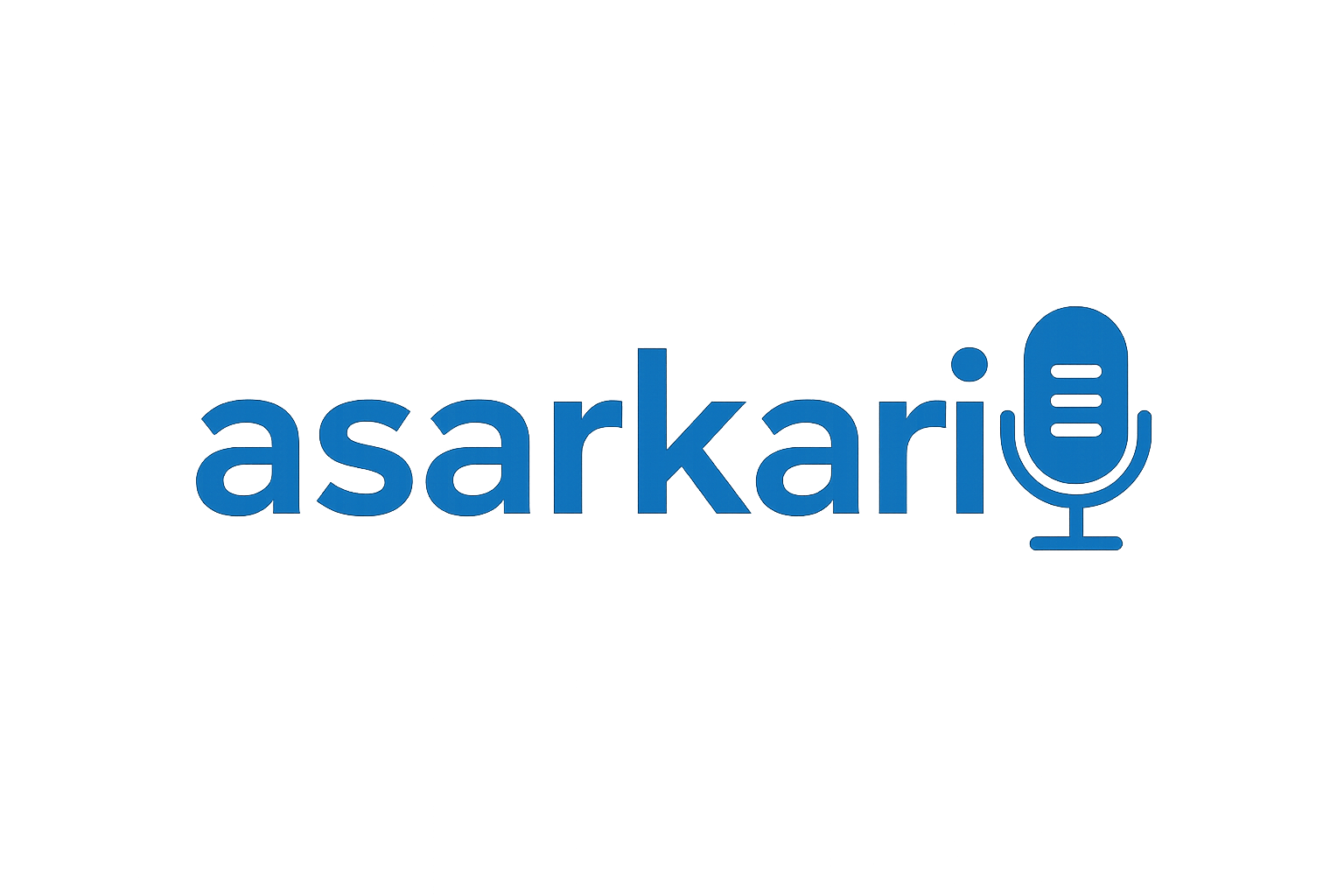When discrimination becomes a habit

Asarkari - Sarkari News, Jobs & Updates
When Discrimination Becomes a Habit: Unpacking Ingrained Bias
By Priya Sharma
kam sabdo me kahein to, this article explores how subtle biases and discriminatory actions can become ingrained habits, often without conscious awareness, impacting individuals and society. It highlights the importance of recognizing and actively challenging these patterns.
Introduction: The Sneaky Nature of Habitual Discrimination
We often think of discrimination as overt acts of hatred or exclusion. While these are serious issues, there's another, perhaps more insidious form: discrimination that becomes a habit. Like biting your nails or checking your phone constantly, biased thoughts and actions can become automatic responses, deeply embedded in our daily routines and interactions. This isn't about excusing discriminatory behaviour but understanding how it can persist even when individuals believe themselves to be fair-minded. It operates subtly, shaping decisions, influencing perceptions, and perpetuating inequality often without the perpetrator even realizing the full extent of their actions. Recognizing this habitual nature is the first step towards dismantling it.
How Do Biases Become Habits?
Discriminatory habits don't appear overnight. They are often formed through a complex interplay of factors:
Social Conditioning: From a young age, we absorb messages from our environment – family, friends, media, education systems, and cultural norms. These messages often contain stereotypes and biases about different groups based on caste, religion, gender, ethnicity, sexual orientation, disability, or other characteristics. Constant exposure can lead us to internalize these biases, making them feel like 'common sense' rather than learned prejudices.
Implicit Bias: These are unconscious attitudes or stereotypes that affect our understanding, actions, and decisions. We might consciously reject prejudice, but implicit biases can still influence our behaviour without our awareness. For example, someone might unknowingly scrutinize job applications from certain communities more harshly or feel vaguely uncomfortable around people different from them. These micro-behaviours, repeated over time, solidify into habits.
Confirmation Bias: Our brains tend to seek out and favour information that confirms our existing beliefs. If we hold an unconscious bias against a certain group, we are more likely to notice and remember instances that seem to support that bias, while ignoring evidence that contradicts it. This reinforces the bias, making it feel justified and strengthening the discriminatory habit.
Systemic Reinforcement: Sometimes, discriminatory habits are reinforced by larger systems and structures. Policies, practices, and cultural norms within institutions (workplaces, schools, government bodies) can implicitly favour certain groups over others. Participating in these systems can normalize discriminatory behaviours, making them seem like standard operating procedure rather than acts of exclusion.
The Pervasive Impact of Habitual Discrimination
The consequences of ingrained discriminatory habits are far-reaching:
Individual Level: It can lead to microaggressions – subtle, often unintentional comments or actions that demean or marginalize individuals from targeted groups. These can cause significant psychological distress, erode self-esteem, and create hostile environments. It also limits opportunities for those on the receiving end, hindering their personal and professional growth.
Societal Level: When discriminatory habits are widespread, they contribute to systemic inequality. This manifests in disparities in employment, education, healthcare, housing, and justice. It creates barriers that prevent entire communities from accessing resources and opportunities, perpetuating cycles of disadvantage. For instance, habitual bias in hiring can lead to underrepresentation of certain groups in various sectors.
Erosion of Trust: Constant exposure to subtle or overt discrimination erodes trust between different communities and undermines social cohesion. It creates an atmosphere of suspicion and division, making cooperation and mutual understanding difficult.
Breaking the Habit: Towards Conscious Change
Overcoming habitual discrimination requires conscious effort and commitment. It's not easy, but it is possible:
Awareness and Self-Reflection: The first step is acknowledging that everyone is susceptible to bias. Tools like implicit association tests can offer insights, but honest self-reflection about our thoughts, feelings, and behaviours in different situations is crucial. Ask yourself: Why did I react that way? What assumptions am I making?
Education and Exposure: Actively seek out information and perspectives that challenge your biases. Read books, watch documentaries, and listen to the experiences of people from different backgrounds. Engaging with diverse viewpoints can broaden understanding and foster empathy.
Mindful Interaction: Pay conscious attention to your interactions. Slow down your decision-making processes, especially in situations involving people from different groups (e.g., hiring, evaluating performance). Challenge stereotypes as they arise in your mind.
Seeking Feedback: Create environments where people feel safe to point out potentially biased behaviour without fear of defensiveness. Be open to constructive criticism about your own actions.
Advocacy and Systemic Change: Challenge discriminatory practices when you see them in your community or workplace. Support policies and initiatives aimed at promoting equity and inclusion. Collective action is vital for dismantling the systemic structures that reinforce discriminatory habits.
Conclusion: A Continuous Journey
Recognizing discrimination as a potential habit shifts the focus from blaming individuals as inherently 'bad' to understanding the psychological and social mechanisms that perpetuate bias. It underscores that fighting discrimination is not a one-time event but an ongoing process of learning, self-correction, and active effort. By becoming more aware of our own potential habits and working collectively to challenge bias in our environments, we can move towards a more just and equitable society for everyone. Keep informed about social issues and opportunities for positive change.
For more updates on social issues, government schemes, and job news, visit https://asarkari.com.
Team Asarkari
Keywords
unconscious bias, systemic discrimination, breaking discriminatory habits, social conditioning, impact of discrimination, implicit bias examples, workplace discrimination, fighting prejudice, microaggressions definition, promoting equality, social justice issues IndiaWhat's Your Reaction?
 Like
0
Like
0
 Dislike
0
Dislike
0
 Love
0
Love
0
 Funny
0
Funny
0
 Angry
0
Angry
0
 Sad
0
Sad
0
 Wow
0
Wow
0









































